20 Deadliest Animals in the USA You Don’t Want to Cross Paths With

America may not be Australia in the animal danger department, but that doesn’t mean it’s completely safe from wildlife encounters. Every year, there are news articles on “tourons” in Yellowstone getting gored by a bison taking a selfie, but many other dangerous animals roam the US as well.
Get your bear spray ready and learn how to find anti-venom for a snake bite, here are 20 of the most dangerous animals to avoid in the USA.
1. Grizzly Bear, Northern Rockies and Alaska
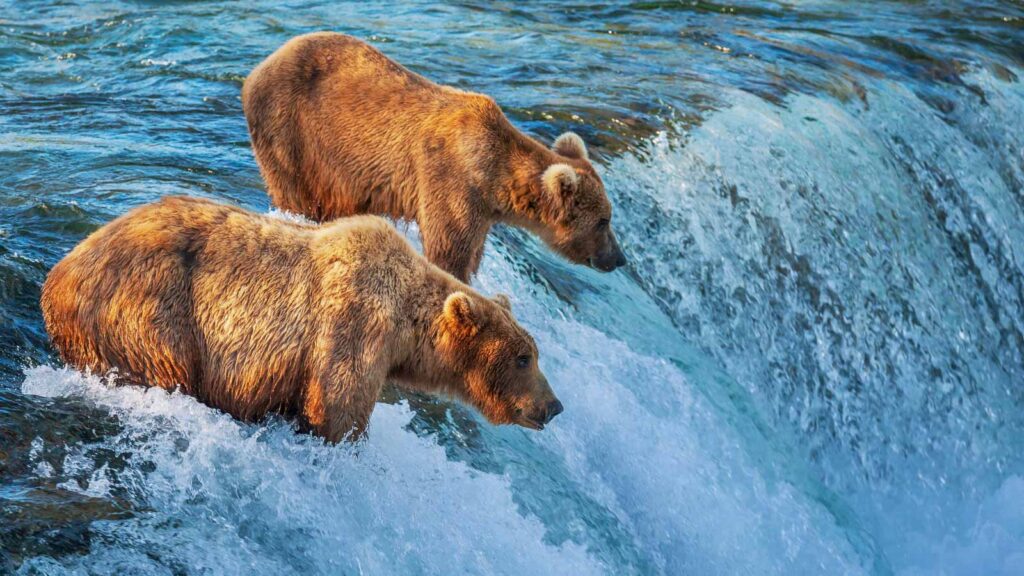
Grizzlies roam vast territories in Montana, Wyoming, and Alaska, where they’ve become icons of raw wilderness. Especially when cubs are involved, they’ve been known to charge at the slightest hint of a threat.
Grizzlies can weigh over 700 pounds and stand over eight feet tall, making them one of the largest and most powerful predators on land. In places like Yellowstone and Denali, they’re as likely to be spotted fishing in rivers as they are lumbering through forests.
If you’re hiking through these states, it’s wise to carry bear spray. If you’re unsure how to use it, there are stations in Yellowstone that teach you how.
2. American Alligator, Southeastern US.

American alligators lurking in Florida, Louisiana, and beyond are a common sight. These hefty reptiles can grow over 13 feet long and aren’t shy about using their famously powerful jaws.
Often seen basking along the edges of swamps, they can strike with shocking speed if you wander too close. In the Everglades, it’s not unusual to spot dozens lounging along the banks or swimming stealthily in shallow waters.
While they’re mostly content sunbathing, alligators become territorial quickly, especially during mating season.
3. Mountain Lion/Cougar/Puma, Western US
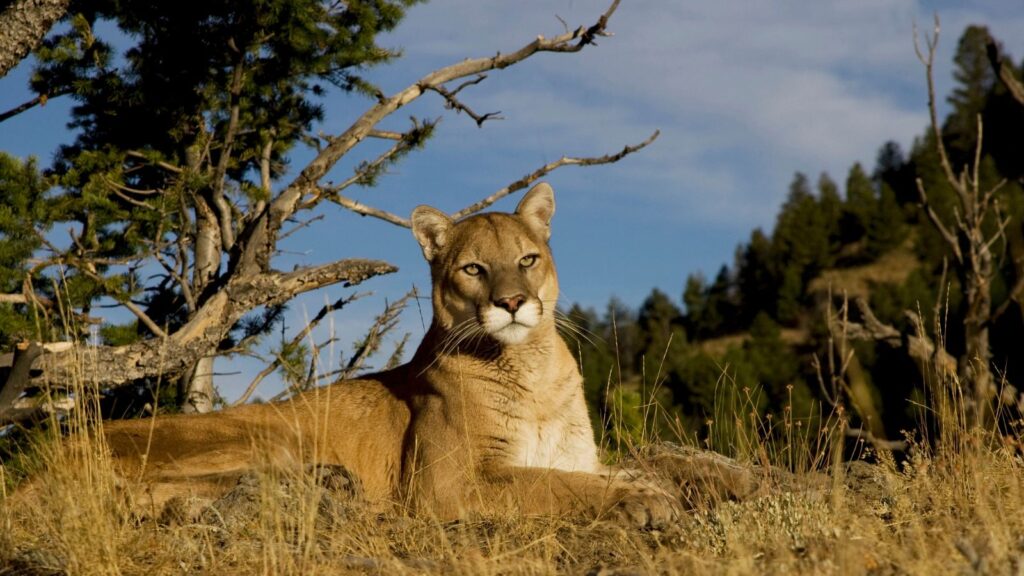
Prowling from the Rockies to California, different regions call these stealth hunters different names. Weighing up to 150 pounds, these are highly territorial, especially when food is scarce. If you’re hiking in areas like Colorado or the Sierra Nevada, remember these lions will likely see you before you see them.
They can leap up to 15 feet in a single bound and have claws designed to grip. They’re not really interested in people but will defend their turf if startled.
4. Rattlesnake, Continental US
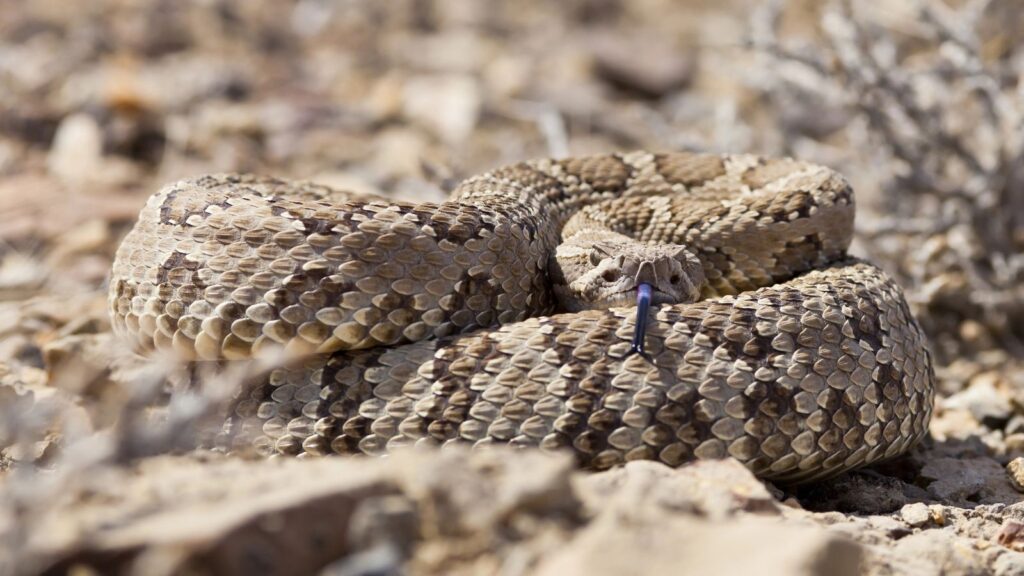
Rattlesnakes slither through everywhere, from deserts to forests and prairies, blending in a bit too well with their surroundings. They’re most common in warmer areas but inhabit almost every state.
Their infamous rattle can serve as a heads-up, but they strike fast and unexpectedly if you have your AirPods on.
An attack can be serious and need quick medical attention. Rattlesnakes range in size and color but share the same venomous bite and the same tendency to sunbathe on trails.
5. Bison, Yellowstone and the Northern Great Plains
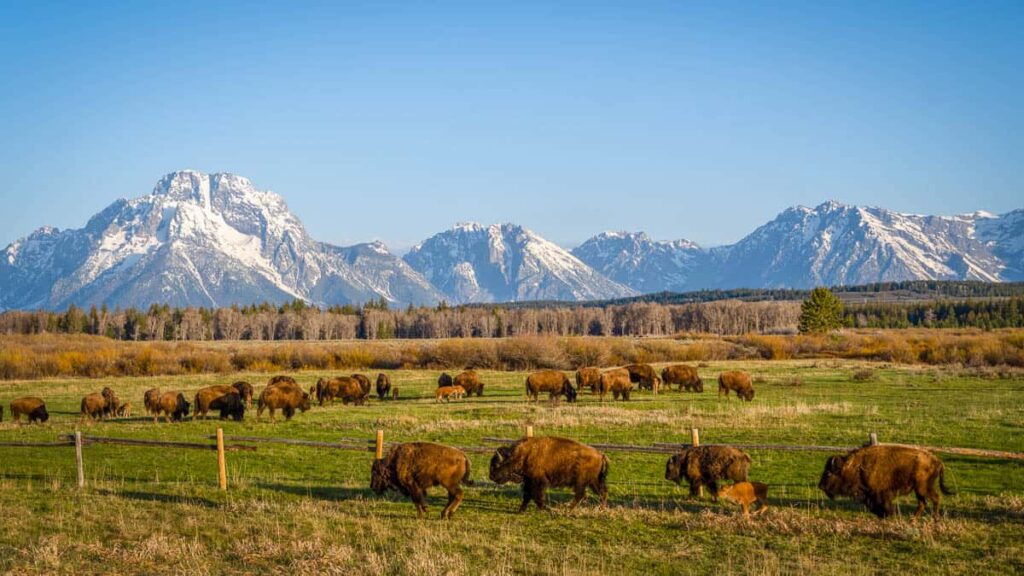
In Yellowstone and the open ranges of the Great Plains, bison own the landscapes. Weighing up to a ton and able to sprint at 30 miles per hour, they are big and unexpectedly fast.
In places like Lamar Valley in Yellowstone, you’ll spot them grazing peacefully, but bison are known for charging anything they see as a threat, including tourists with cameras. Yellowstone sees a few bison-related incidents each year as people underestimate just how territorial these animals can be.
6. Black Bear, Nationwide
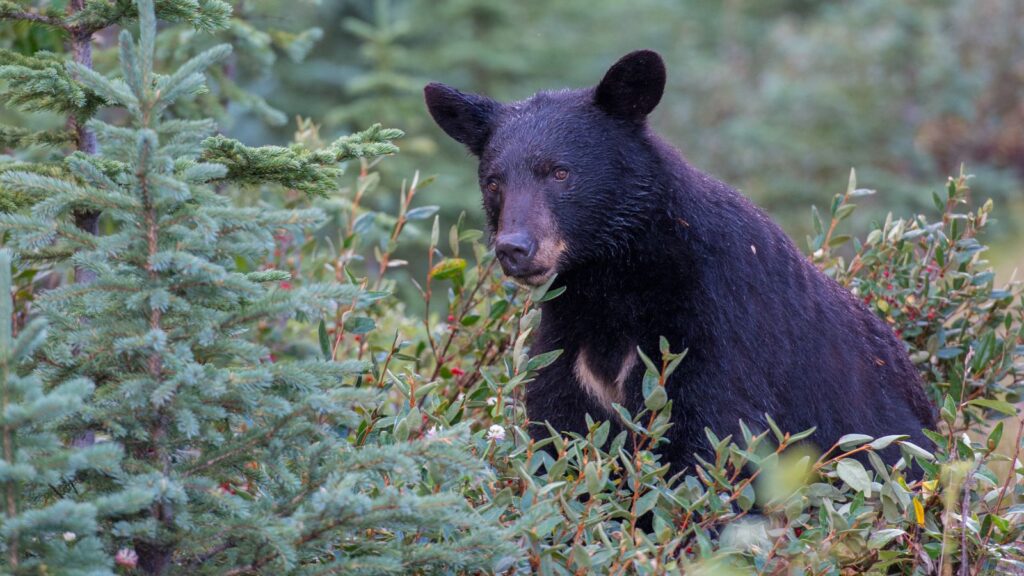
The black bear is a common sight in many places in America. I once woke up in a mountain town just outside Los Angeles to a black bear wandering right outside my window sill.
Unlike their grizzly cousins, black bears are smaller and relatively less dangerous, but they’re curious and strong enough to break into anything with food. Black bears are known to be bold scavengers, rummaging through campsites and trash bins if they smell a snack.
7. Wolf, Northern Rockies and Great Lakes
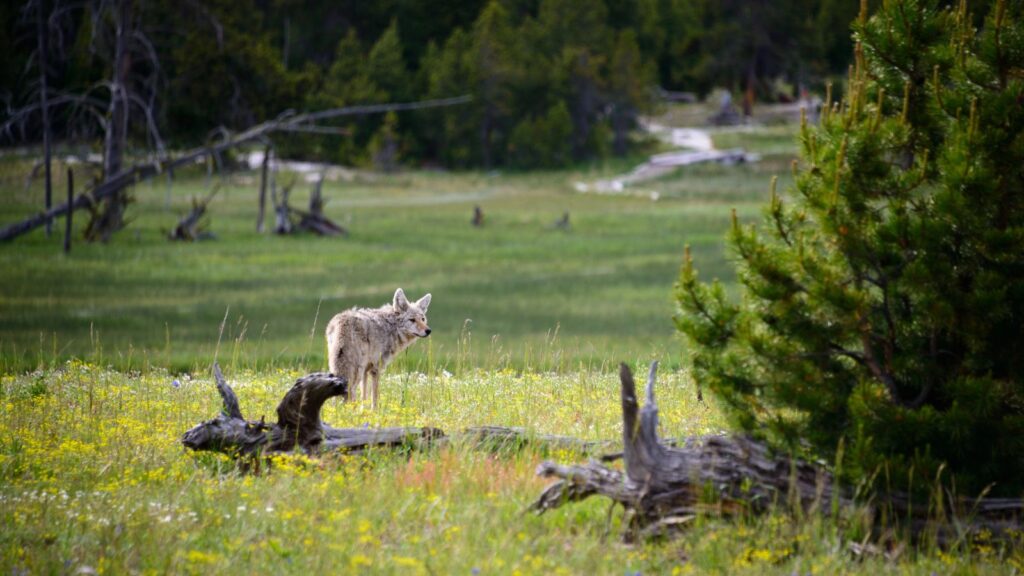
Wolves move in packs, making them impressive hunters. While direct wolf encounters with humans are rare, these intelligent animals are fascinating to observe from a distance.
Wolves weigh around 100 pounds and can cover miles of territory in a day. Places like Yellowstone offer guided wolf-watching tours. Their teamwork and loyalty within packs make them remarkable hunters that shouldn’t be underestimated.
8. Crocodile, Southernmost US.

Lurking around the southern tip of Florida, crocodiles are Florida’s less popular but equally fierce residents. Unlike alligators, they’re shy and stick to salt water, but that doesn’t mean they’re harmless.
Crocs can exceed 15 feet and have a reputation for quick, aggressive snaps if they feel threatened. Everglades National Park is a known croc spot where these reptiles stay near the mangroves and tidal rivers.
9. Bull Shark, Gulf and East Coasts
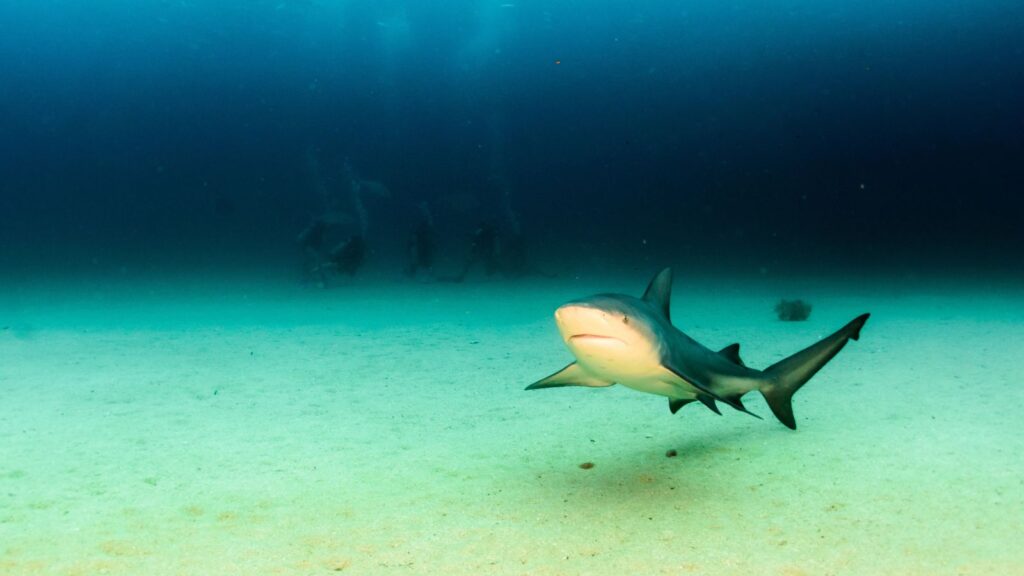
Bull sharks are aggressive hunters known for thriving in both salt and freshwater, from Texas to Florida. They can weigh over 500 pounds and have been spotted far inland in rivers.
Bull sharks’ short tempers make them particularly risky for swimmers, especially in warm waters where they’re more active. Though great whites grab the headlines, bull sharks are often involved in encounters due to their proximity to shorelines.
10. Moose, Northern USA
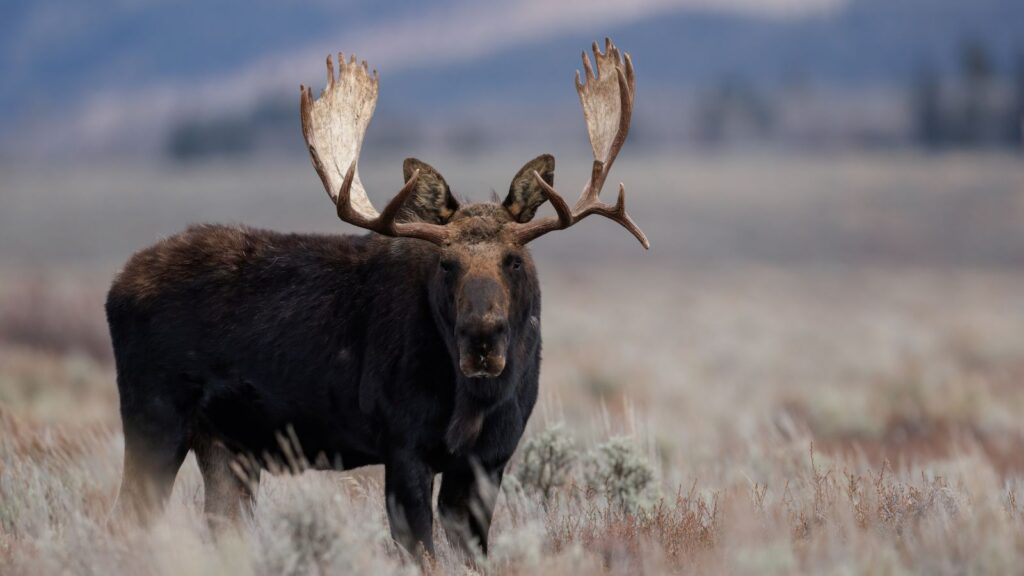
Moose sightings are frequent in Maine to Minnesota, where they’re known for their imposing antlers and bulk. These animals can weigh up to 1,500 pounds and, especially in the fall, don’t appreciate close company.
Despite their size, they’re surprisingly quick on land and can become aggressive if they feel cornered or protective of calves. Hikers are often taken aback by their sheer presence on trails.
11. Great White Shark, Pacific and East Coasts
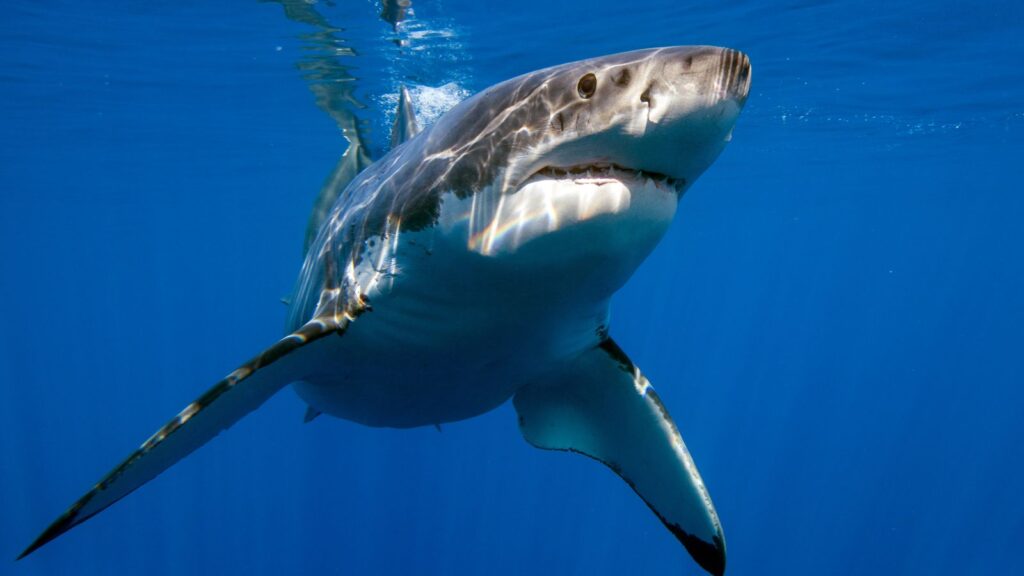
Great whites patrol the waters off both California and Massachusetts, with peak activity in warmer months near popular beaches. Known for their sheer size, some of these sharks exceed 18 feet in length.
While attacks on humans are rare, the movie ‘Jaws’ has scared an entire generation from swimming too far out.
12. Bobcat, Southeast to Midwest
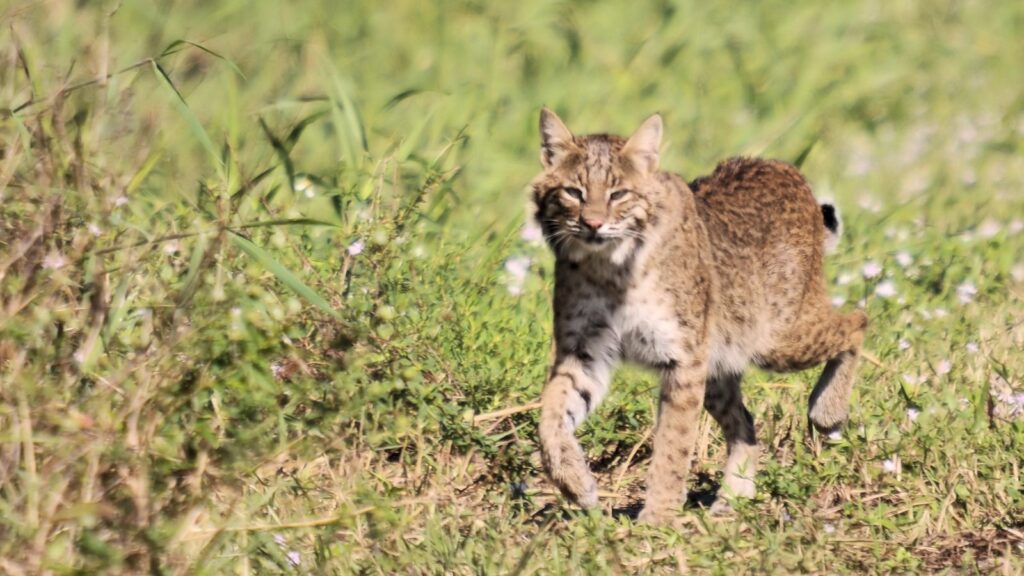
The elusive bobcat is found in regions like the Carolinas and Missouri, where it’s known for stealth and speed. Though it mostly avoids people, bobcats can show up unexpectedly near towns and homes in search of easy prey.
They weigh up to 40 pounds but are fierce hunters, with sharp claws and a jaw built to catch small animals.
13. Coyote, Urban and Rural Areas Nationwide
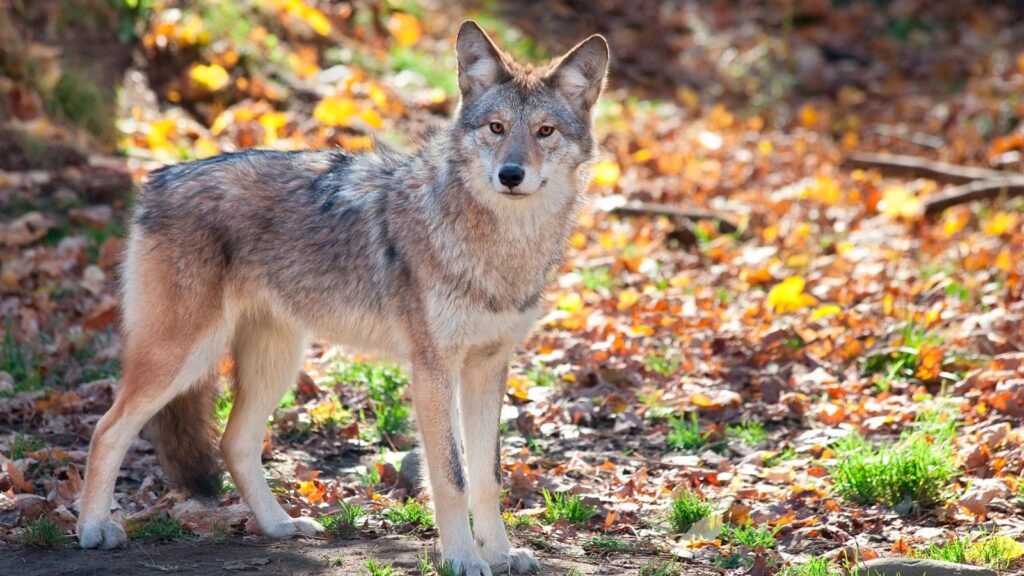
Coyotes have adapted to nearly every landscape in the US, from open fields to urban neighborhoods. Known for their yipping calls and agility, they pose risks mainly to pet cats and livestock rather than people.
Coyotes thrive in city settings, making frequent appearances in places like Los Angeles and Chicago.
14. Wild Boar, Southern and Central US.

Wild boars are no strangers to places like Texas and Oklahoma, where they roam freely in forests and fields. With tusks that can cause serious injury, these aggressive animals will charge if threatened.
They’ve become a significant problem in many states due to their high reproduction rate and destructive feeding habits.
15. Brown Recluse Spider, Midwest and South
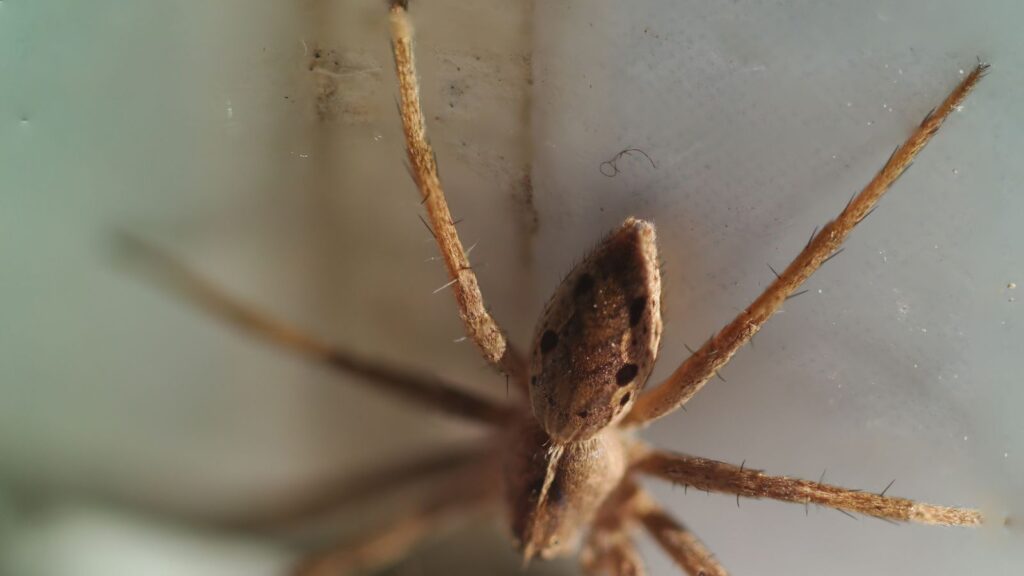
The brown recluse has gained infamy for its venomous bite. Preferring quiet, undisturbed spaces like attics and closets, they can easily go unnoticed until disturbed.
Their bite can lead to severe skin reactions. Though recluses aren’t aggressive, handling objects in these regions cautiously is wise to avoid bites.
16. Jellyfish, Atlantic and Gulf Coasts
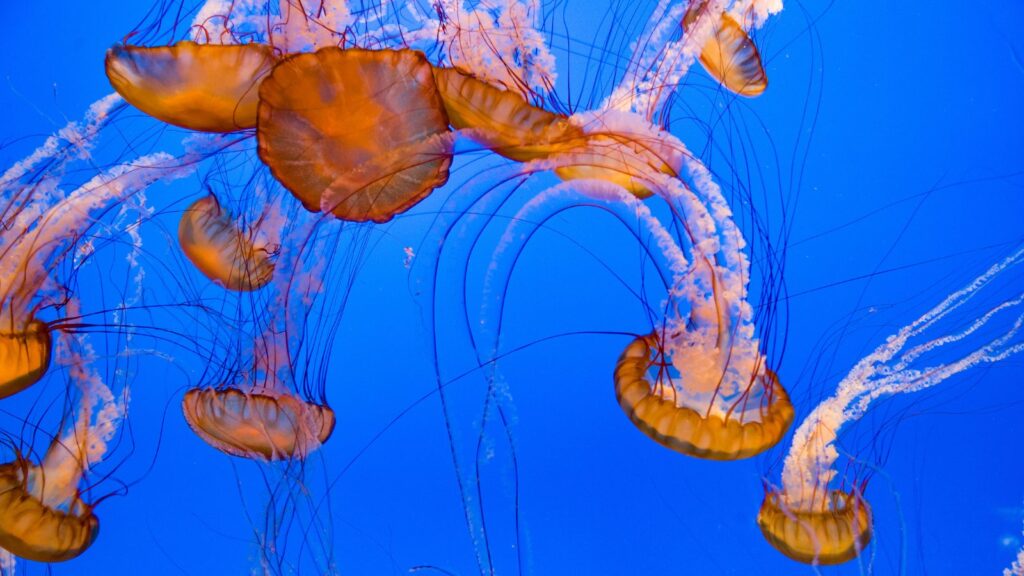
Jellyfish float along the coasts from the Carolinas to Texas, and their stings can range from annoying to downright painful. Certain species, like the Portuguese Man O’ War, have potent toxins that demand immediate attention if stung. They’re especially common in warmer months.
17. Polar Bear, Far Northern Alaska

Polar bears in northern Alaska are incredible yet dangerous, especially around areas like the Arctic National Wildlife Refuge. As the largest land predators, males can reach up to 1,500 pounds and are known for hunting seals along icy shorelines.
Due to their remote habitat, you probably won’t see one outside a zoo anytime soon, but if one occurs, their unpredictability and sheer strength make them extremely risky.
18. Black Widow Spider, Nationwide
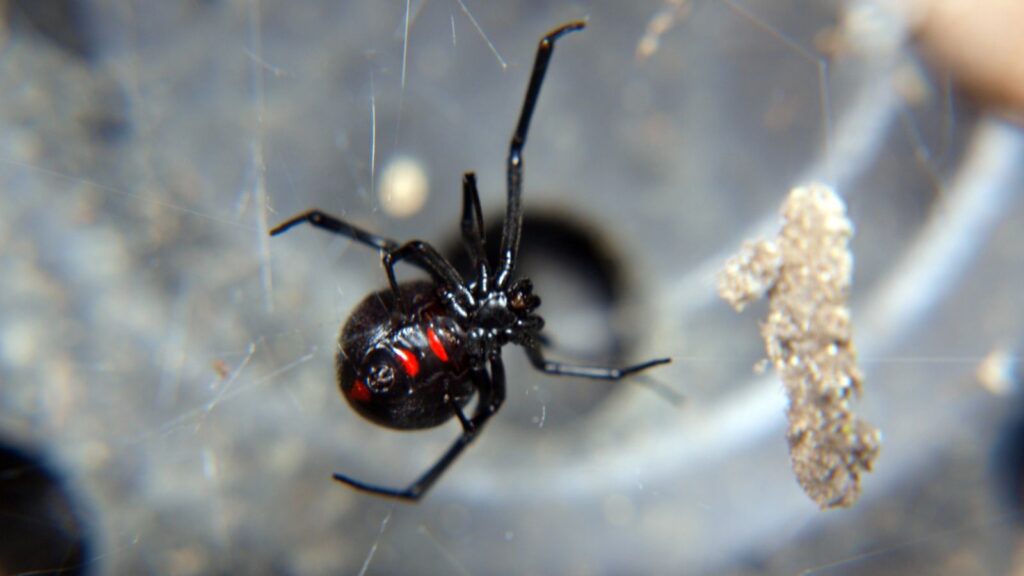
The black widow, found throughout the US, is another infamous spider known for its neurotoxic bite. These spiders are small and often hide in sheltered spots like woodpiles, garages, and basements.
Recognizable by their black bodies and red hourglass markings, they’re a serious but mostly avoidable threat.
19. Scorpion, Southwest
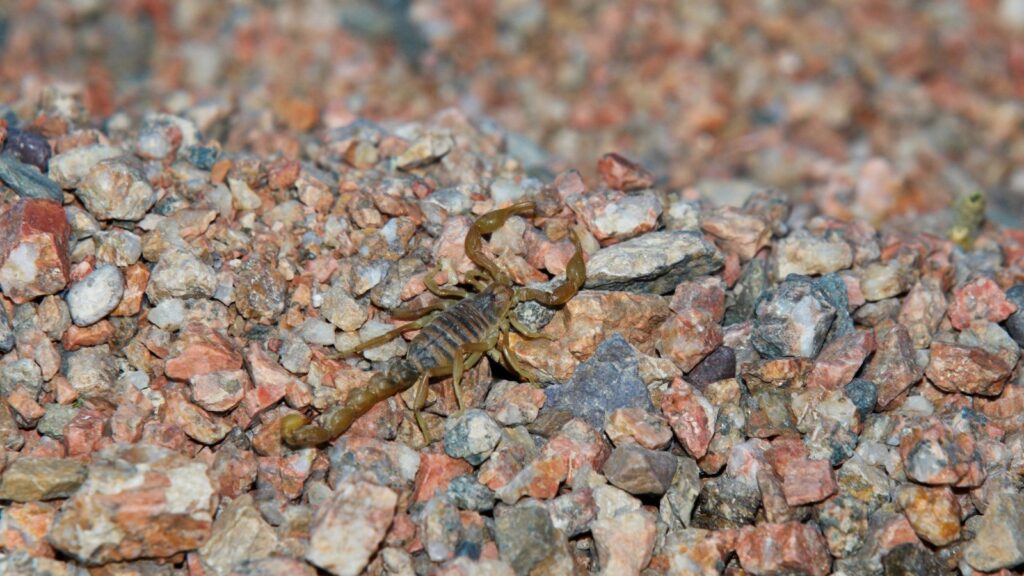
Scorpions, especially the venomous bark scorpion, are common in Arizona and the Southwestern US. Hikers and campers should be aware that scorpions like to hide under rocks and in crevices. Freakishly, I once discovered a scorpion in my sleeping bag while packing up on a camping trip.
The bark scorpion’s sting is highly painful and potentially dangerous, particularly to young children and pets. They are most active at night.
20. Gila Monster, Southwest
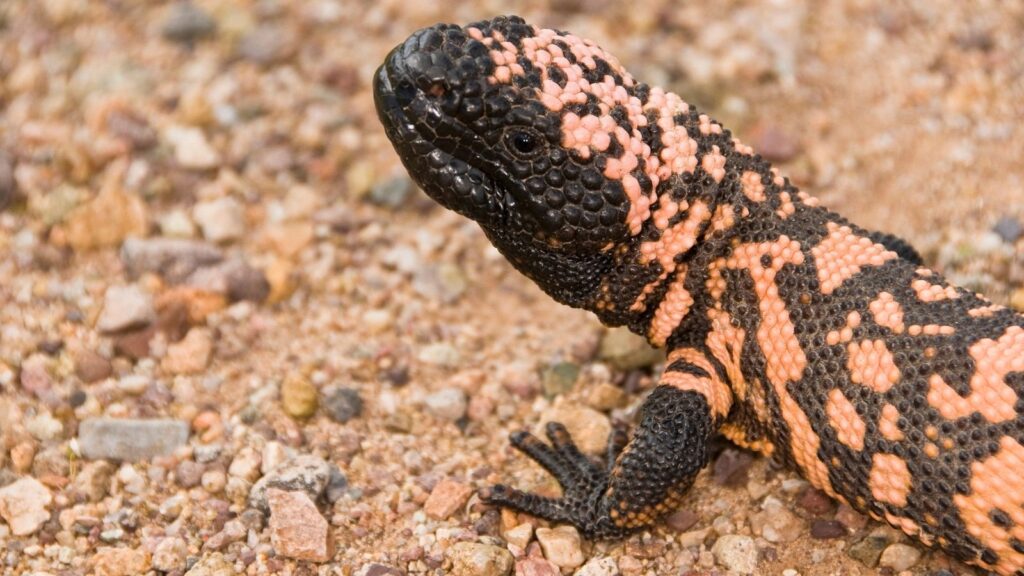
Gila monsters, native to Arizona and New Mexico, are one of only a few venomous lizards in the world. They may look sluggish, but if provoked, they’ll deliver a painful bite that can lead to severe symptoms.
Known for their bright patterns of orange and black, they’re quite striking.
Catherine, a seasoned travel writer, has lived in 4 different states and explored 36 states and 28 national parks. After spending two years embracing van life, she's now dedicated to sharing her vast knowledge of day trips across America. Catherine's other works has been referenced in major publications like MSN, Self, and TripSavvy.
| MY FAVORITE TRAVEL RESOURCES |
✈️ Find amazing guided tours and experiences with Viator to maximize your time! 🏘️ Plan ahead and secure your accommodation with Booking.com in advance. 🧾 Rent a car with Discovercars in advance and get the best prices for your day trip adventures. |

